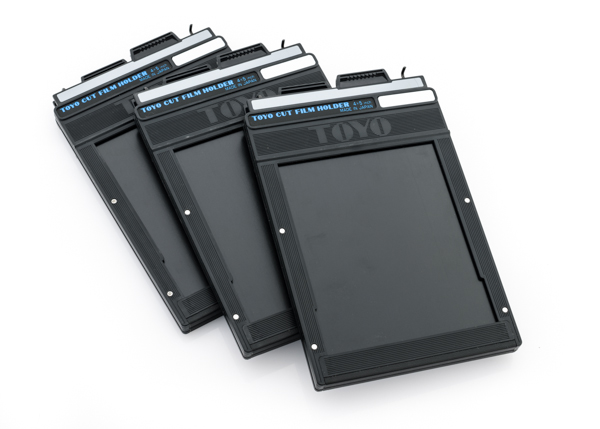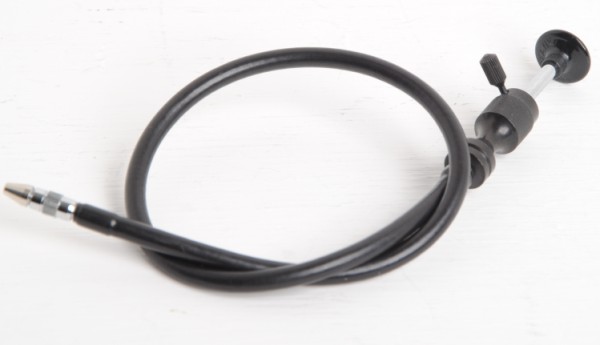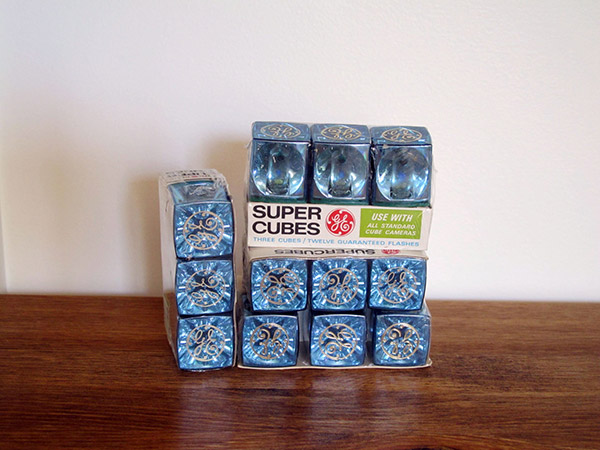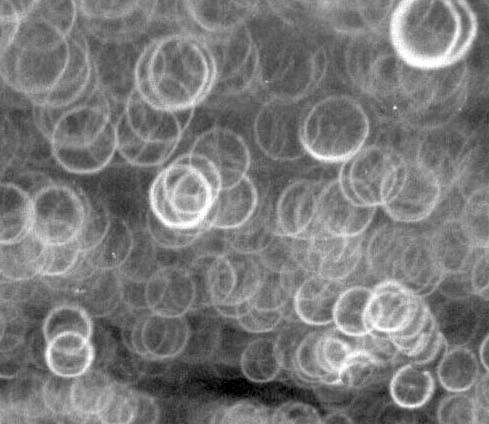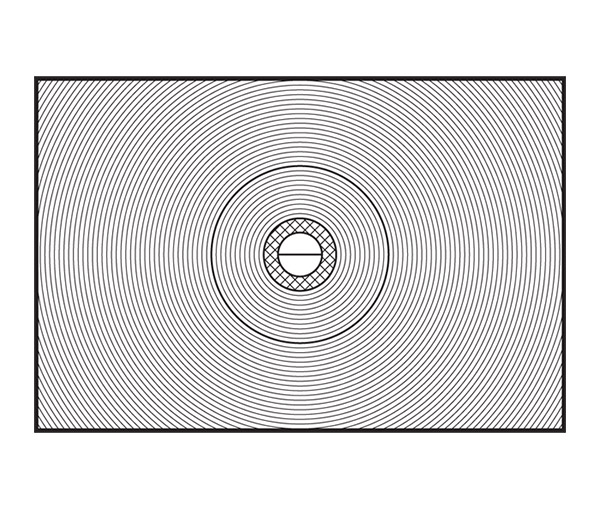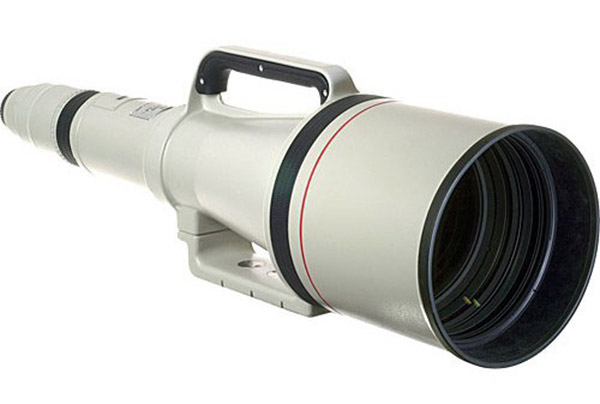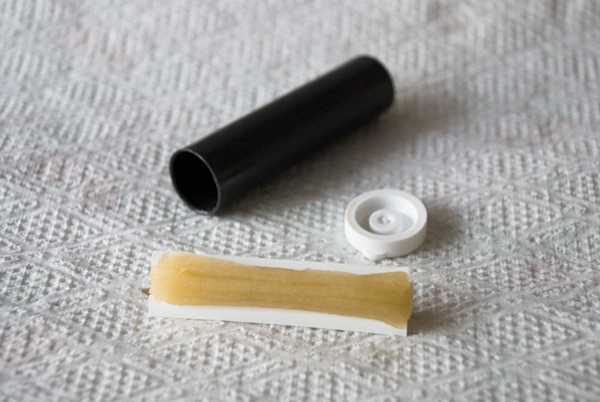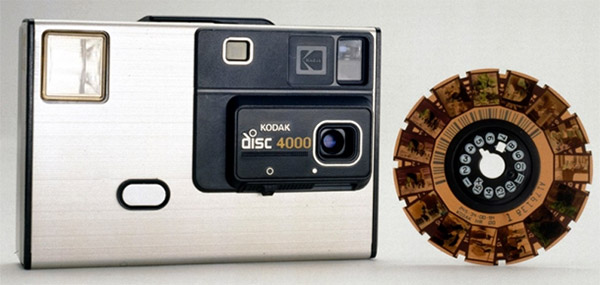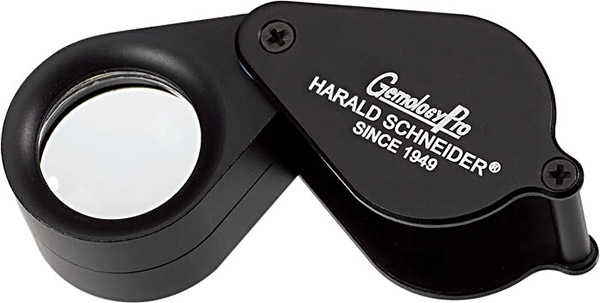Share
17 Signs That You Were Alive Before Digital Photography
How do us elders separate ourselves from those who only know what it means to upload? Here are 17 tools and toys you’ll immediately recognize if ...
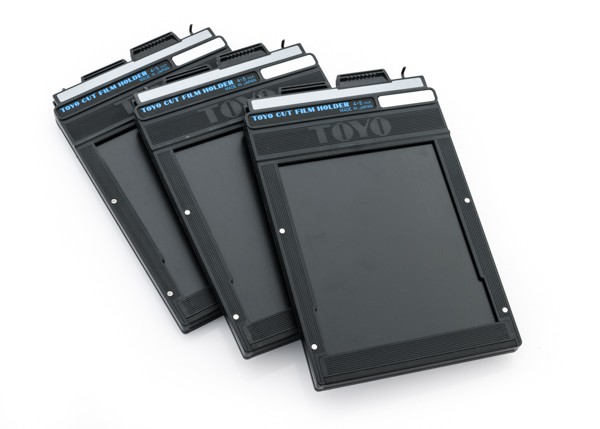
How do us elders separate ourselves from those who only know what it means to upload? Here are 17 tools and toys you’ll immediately recognize if you still remember the heyday of Kodak. Bring on the nostalgia.
1. You loaded your own sheet film
2. You know what this is
3. You own one of these
4. You know what the Photoshop icon is based on
5. Your film was so slow, you needed one of these
6. Flash isn’t something you install on your computer
7. You thought this bokeh was cool
8. You know what this is
9. You used one of these
10. Or these
11. And a whole bunch of this
12. You were suckered into buying one of these
13. “110” isn’t just a number to you
14. You displayed photos with these
15. Or these
16. Using this
17. These don’t remind you of Michael Jackson
SHAMON! Aren’t you glad we have digital?
